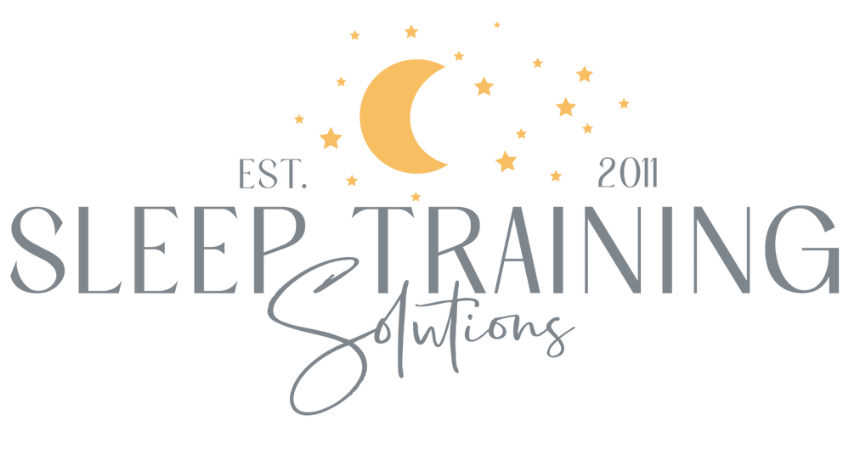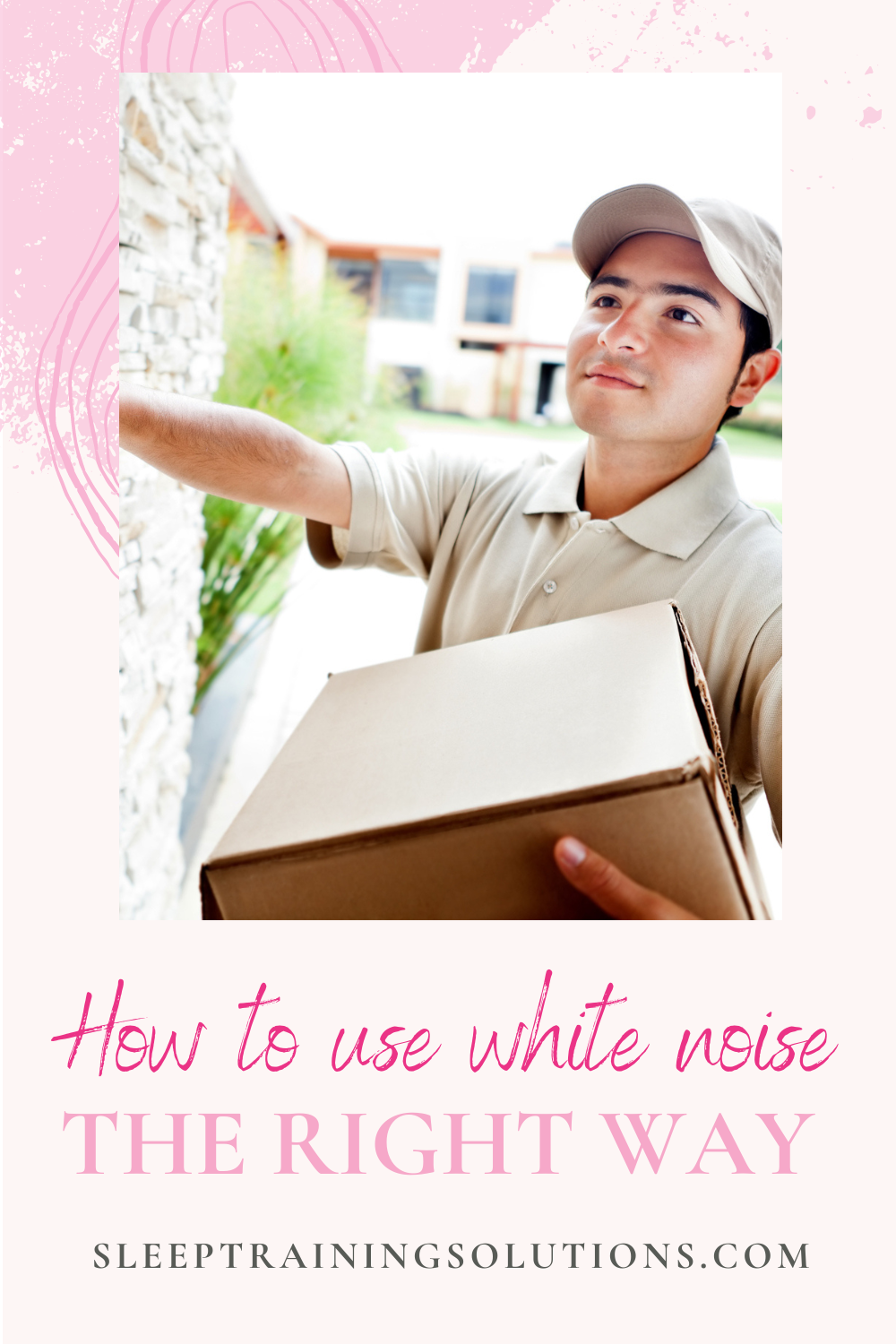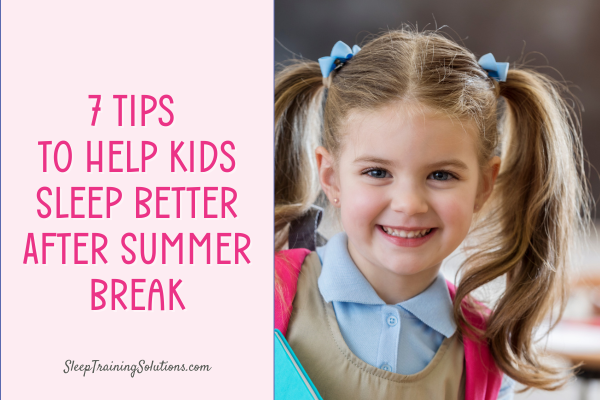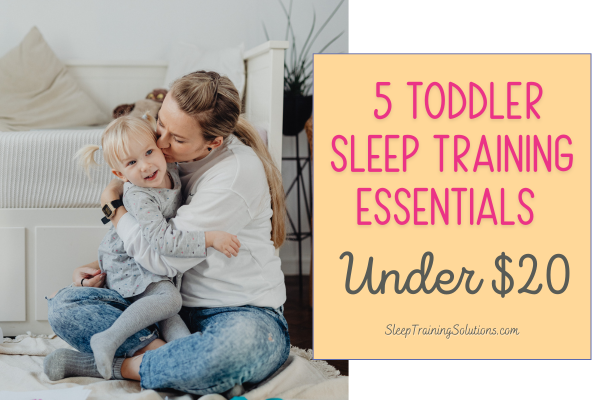How to use white noise the right way
Has this ever happened to you?
Your fussy baby finally falls asleep for her afternoon nap, you sit down for a much needed moment to yourself and then you hear a car with a loud muffler driving slowly down your street or the construction workers at the house next door loudly drop what sounds like a ton of bricks.
In an instant, your baby is wide awake. And mad because she didn’t get enough rest!
Or maybe you have big trees in your yard and you’re awoken at dawn by a wailing baby who has ridiculously loud birds chirping in that tree outside her window.
Environmental noises are a fact of life that you can’t do much about.
The only one I was successful with stopping was the UPS man ringing our doorbell for deliveries during nap time. A quick conversation or post-it note on the doorbell is a quick fix…especially this time of year when he’ll be working overtime!
In all other instances, you may not be able to stop the noise, but there IS something you can do about your baby’s ability to sleep through the noise.
In my experience, white noise machines can be an absolute lifesaver when it comes to helping babies fall asleep — and stay asleep – whether you have creaky floor boards outside her room, live near the airport or have a very vocal dog next door.
There are several options out there, but I like to use the Dohm machine from Marpac. This is a small, simple-to-use white noise machine that creates sound that blocks out a lot of these day-to-day noises that can startle and wake a child. The sound it makes is similar to rushing air, which can be soothing to a baby. There is only high and low, it doesn’t cycle and has no extra sounds like waterfalls, waves or rain. Simple is definitely better when it comes to white noise machines.
It might seem strange to create noise when you want your baby to go to sleep, but remember: it wasn’t exactly soundproof in the womb!
Your child is actually quite used to noise by the time he’s born because he’s been listening to you talk, your stomach gurgling, and the sound of the family and the TV and the car radio while in utero. Believe it or not, complete quiet can actually be more confusing to a newborn than background noise.
One of the biggest benefits of the white noise machine is that it helps babies fall back to sleep if they wake up (assuming they don’t have an association with a sleep prop). This means their nap times will last longer and they will be less likely to fully wake up during the night.
The main concern parents have expressed about trying this is usually about their child becoming “addicted” to white noise, and that’s a valid point.
My experience is that there’s no need to worry about this. A white noise machine isn’t being used as a “sleep prop” – like being rocked or fed to sleep, or only sleeping in a rock n play or swing. It’s there to block out noises that you can’t control that might be waking your child.
So what should you do to make sure your child doesn’t get dependent on white noise?
First, only have it loud enough to muffle the environmental noise. And make sure that it’s not too loud for the size of the bedroom. There are several apps to measure decimal levels – I like the free app Decibel Meter -and if you place your phone in the crib where your child’s head would be, you’re aiming for ~50 decibels.
When you’re ready to wean your child off the white noise machine, you can simply turn the volume down a little every night until you’re not using the sound at all. Or you can put it on the lowest setting when you go to sleep so your child isn’t needing it to fall asleep at bedtime, but it’s doing its job of blocking noises during the night and early morning hours.
Related Posts:
This post is for informational purposes only and may not be the best fit for you, your child and/or your personal situation. It shall not be construed as medical advice. The information and education provided here is not intended or implied to supplement or replace professional medical treatment, advice, and/or diagnosis. Always check with your child’s physician or medical professional before trying or implementing any information read here.





